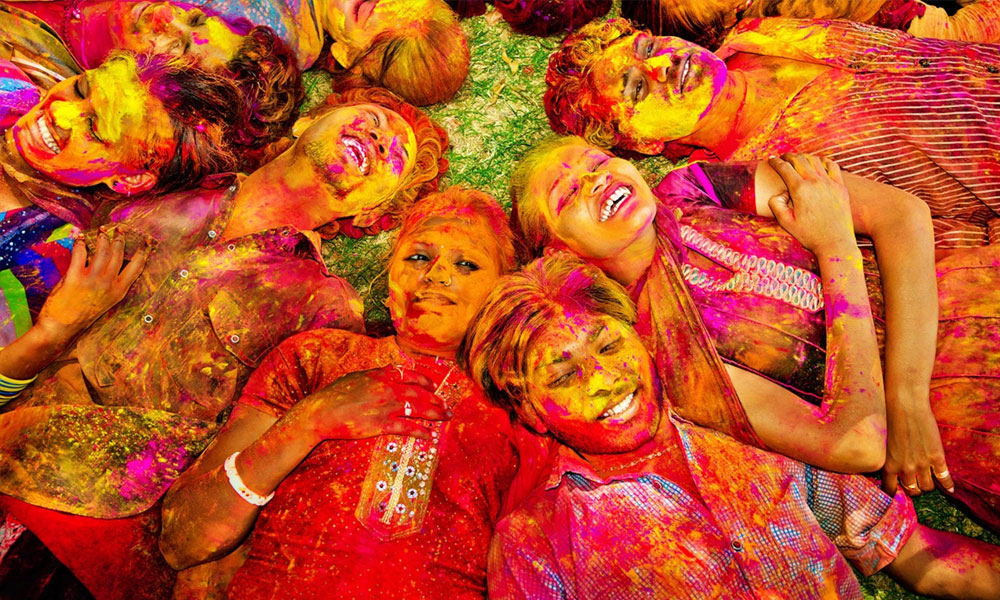Do you love festivals? Do you agree with the cultural importance of the country? As we have already published many articles(you can see our blog archives here: Nepal Travel Blog) related to the natural beauties of Nepal(like Where is Mount Everest located? and Trekking in Nepal). Now, it’s time to taste something different. Today, we going to discuss the most important 26 Major festivals of Nepal. So, let’s begin the article!!
Nepal has two main religions, Hinduism and Buddhism, although many Nepalese practice a unique combination of both mixed with a degree of animism. The traditions of both go back over two millennia to the birth of the Buddha in Lumbini, and the ancient Hindu rituals are still strong today. Nepal is a country with vibrant culture and traditions. There are many major festivals of nepal that we celebrated here. The people of Nepal believe in celebrating every moment of life. The land culture is known for how to celebrate any occasion.
The main reason we celebrate festivals is that the majority of them are more or less religiously cantered, and thus we come to honor our religions. But festivals also give a sense of enjoyment, and relaxation and offer the time needed to bond with family members whom we never really see.
Each community respect and enjoy the culture of the other communities too. This is the main reason for the harmonious lifestyle in Nepal. It is not easy to list all the festivals of Nepal. However, we have tried to pin down the major festivals which have interested tourists from various parts of the world.
Main Festivals of Nepal
1) Dashain
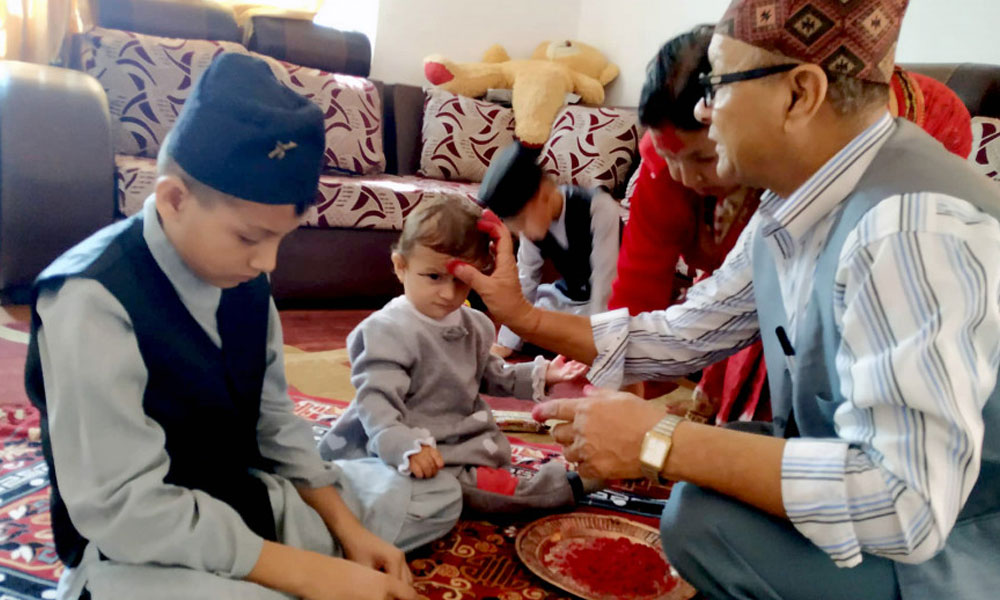
Dashain has the longest public vacation among all festivals in Nepal. All authorities’ workplaces, instructional establishments, and different places of work remain closed at some stage in the festival duration. This is the competition for all companies and lessons of human beings. In this competition, human beings especially like to have fiestas, enjoy scrumptious food, purchase new garments and enhance their houses. The appearance of Dashain is a golden time for Businessmen.
Flying kites has been a completely important part of celebrating Dashain in the nation as it is taken into consideration to be one manner of reminding god no longer to ship rain anymore. Many of the people additionally experience the lengthy excursion via gambling playing cards and playing in a horizontal swing, which is usually tied inside the branch of a tree. People sacrifice many animals in this festival, most of which might be goats, sheep, fowl or buffaloes. The trend of sacrificing animals but, is changing toward fruits and vegetables, as animal slaughter is nowhere referred to in the Hindu scriptures, and animal proper activists strongly condemn it.
2) Tihar

Tihar is one of the most important and essential competition for the Hindus festivals of Nepal and Nepali origin after Dashain. This festival lasts for five days (Kartik Krishna Trayodashi to Kartik Shukla Dwitiya) and therefore referred to as as ‘Yama Panchak’. It is treated as the festival of lighting fixtures, and is referred to as ‘Diwali’ within the Terai area. The Newars name it ‘Swanti’, and its miles are celebrated by means of diverse ethical agencies of the Hindu religion in one-of-a-kind methods. That is the competition of scrumptious meals and is special for the brothers and sisters as nicely. On this competition, the animals or birds together with Crow, Dog, Cow and Oxen also are worshiped; in favour of the religion and utilization they’ve supplied to human beings.
Among the five days of the Tihar, the primary day is the Kaag Puja (or Kaag Tihar). On this day, the crow is worshipped with the aid of giving it food. People go away to different food cuisines in their yards or roof for the crow (particularly rice and grains) inside the early morning. Crow is taken into consideration as the messenger of loss of life, and due to the fact its miles believed to carry message within the early morning, human beings worship it to convey the coolest information for them. Similarly, the second day is offered to dog(or the Dog festival), the third day to cow(or the Cow festival), the fourth to oxen(or the Ox festival) and the final day(or Bhai Tika) is dedicated to brothers/ sisters.
3) Buddha Jayanti
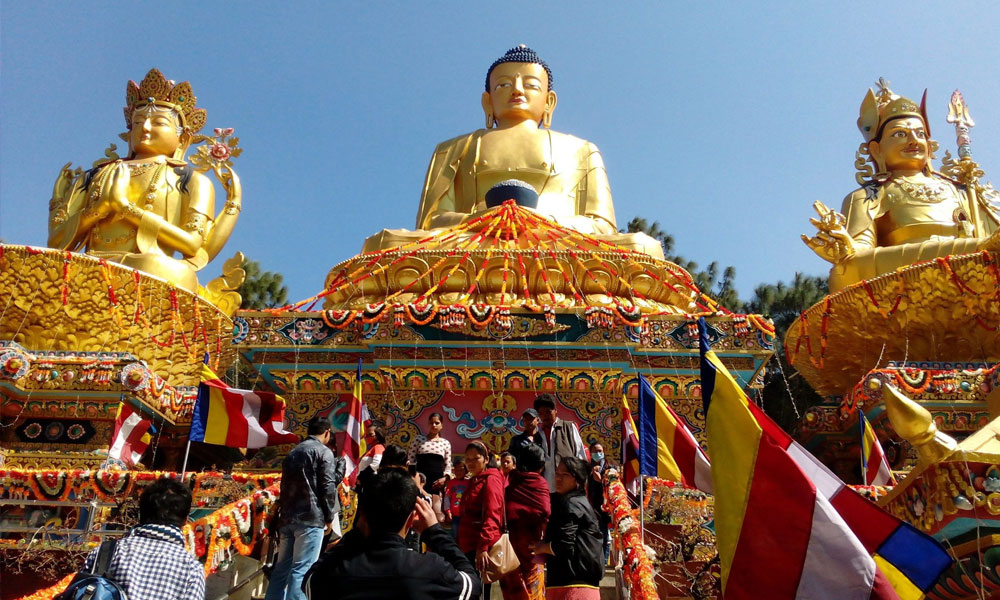
Buddha Jayanti, in Nepal is an auspicious day for Buddhists as well as Hindus. Buddha Jayanti is found on the total moon day in Buddhist month of Baisakh. On this day, human beings perform rites inclusive of feeding the priests. Human beings perform Daan (act of donating items and necessities to the priests). Budhha chantings and Mantras are performed across stupas and Vihars (location for clergymen to dwell). Buddha Jayanti no longer handiest signifies his beginning however additionally his attainment of Nirvana (state beyond life and demise) and the abandonment of bodily body as it’s miles believed that all of it passed off of complete moon of Baisakh.
Buddha was born in Nepal as the prince of Kapilvastu, Siddhartha Gautam. In step with folklore, immediately after Mayadevi gave delivery, Siddhartha Gautam took seven steps. Some agree with that those steps represented he turned into the supreme of the arena, even as some trust it indicated his preachings might be known global. Siddhartha Gautam turned into a kind and mild prince. Siddhartha married Yasodhara at the age of 19 and had a son, Rahul. Buddha led a prosperous existence until the age of 29, whilst he set out to search for the give up of sufferings.
4) Holi / Falgu Purnima

Holi is regarded as one of the major color festivals of Nepal and India the most. Holi symbolizes welcoming of the spring with the extraordinary colors this is used at some stage in the competition which also is a symbolic which means of displaying the diverse hues that may be seen for the duration of the spring season itself. Except Nepal and India, Holi is extensively celebrated in international locations like: Pakistan, Sri lanka and Philippines.
Holi also symbolizes the triumph of proper over evil. Legend states that Holika, the sister of the demon king Hiranyakashyap had tried to kill the younger son Prahlad, of her brother, as she have been blessed of not being harmed with the aid of fire, she had lured Prahlad into her lap and entered a big bonfire, however as Prahlad was a devotee of Narayan, he chanted his god’s name and got here out of the hearth unscathed whilst Holika burned. The call Holi comes from her name, “Holika”. There are numerous parties that happen, and there are a variety of attendees of those events as well, diverse celebrities attend these parties while trying to promote their upcoming films or songs and different producers of theirs.
5) Maghe Sankranti
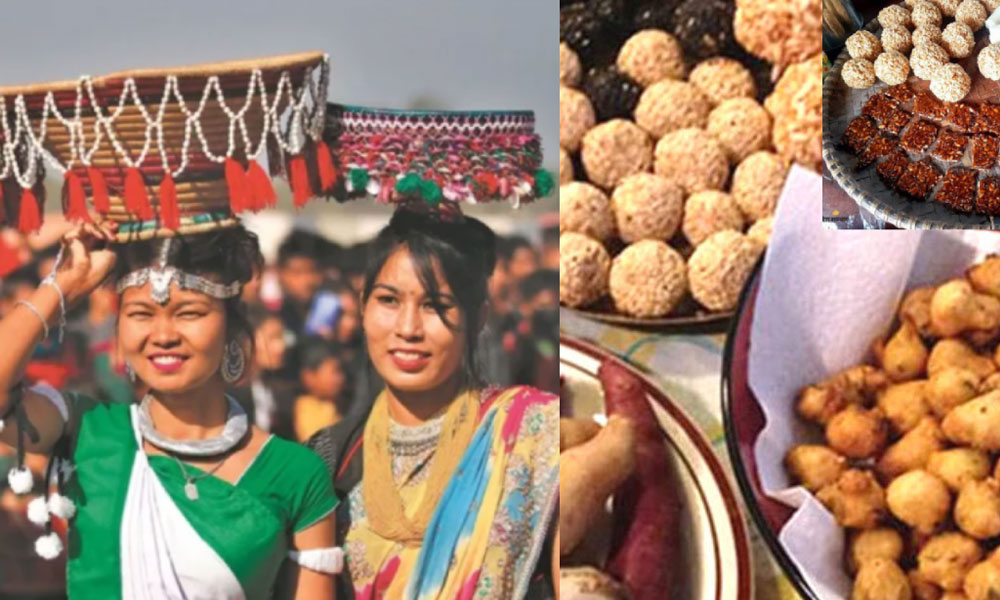
Maghe Sankranti is also treated as one of the major festivals of Nepal. This festival is widely known on 1st of Magh every year, in keeping with Bikram Sambat Nepali calendar. This present day is assumed to be the coldest day of the year, and celebrated as humans wish for the spring season to come very quickly after this. This festival is well known merely by the Hindus of Nepal, and a small quantity of Indian Hindus celebrate it as ‘Makar Sankranti’. In keeping with the calendar, in this day, the solar starts off evolved northwards to ‘Makar Rashi’.
In this day, the Hindus take ritual tub in early morning, at the holy locations everywhere in the country such as Bagmati River in Sankhamul, Kathmandu, Gandaki basin at Triveni near the Indian Border, Devghat in Chitwan, Koshi river basin at Dolalghat and lots of more. Ingredients such as sweet potato, laddoo (specially made from Seasame) and ghee are dispensed, and are also organized in maximum of the homes and the families have them together as fiestas.
This festival is considered a massive one for Newars in Kathmandu valley, and the Tharu community in western Terai, in Kailali, Kanchanpur, Banke, Bardiya and Dang districts. In Newar community it’s miles well-known with the call of Ghya chaku sahlu. In Newari language, Ghya means ghee, chaku means Molasses and sahlu means sankranti.
The Kirat community have fun this present day as ‘Yele Dhung’, as their new 12 months. This is celebrated to proportion the pleasure of the day while the Kirant king Yalambar invaded the Kathmandu valley and started his reign. It is believed worshipping the idol could convey supply of food, prosperity and wealth to Bhakatapur. It’s additionally the day commemorating the death of Viswapitamaha, the aged grandfather of households of Pandavas and Kauravas, between whom the famous conflict of Mahabharat befell. He turned into decided not to die till the manner to the location of gods opened. At the same time as mendacity at the mattress of arrows he determined phrases of wisdom on lifestyles and demise. Eventually, thru his free will he succumbed to dying. As a result it’s believed that folks that die on this day visit heaven, launched from the load of rebirth.
6) Hartalika Teej
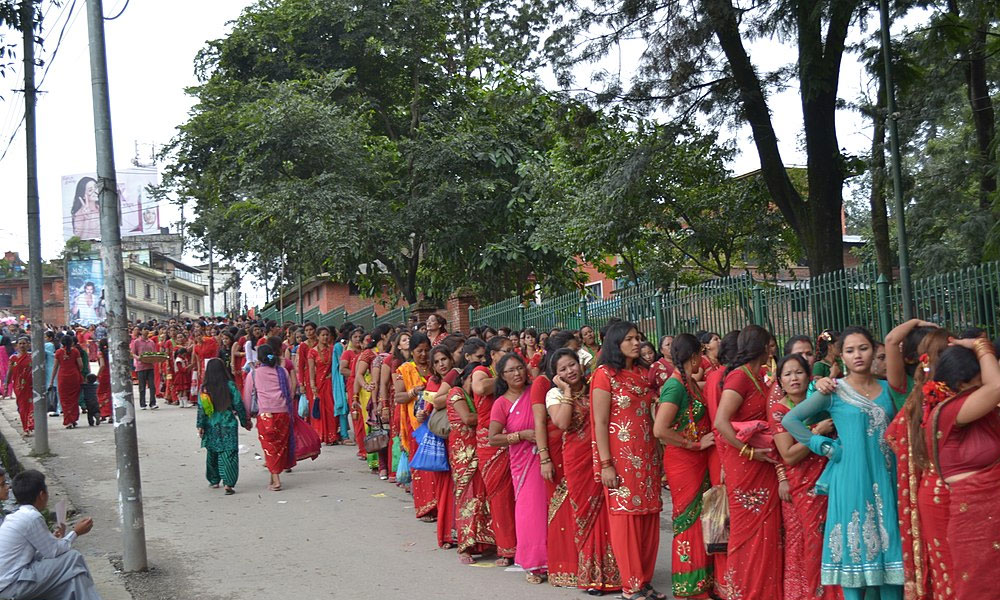
Teej is genuinely a time to rejoice and socialise, to make merry and revel in the agency of own family, family and buddies. This is one of the biggest festivals of Nepal especially for Hindu females. The tale we hold hearing approximately Teej is that goddess Parvati took rapid with trust and desire to get married to lord Shiva. A devotion closer to gods in notion to have an extended existence of their husband and to get an excellent husband the women study nirjala fasting for twenty-four hours for the well being in their spouse and to have a satisfied married existence. Commonly teej is widely known for 3 days as consistent with Nepali calendar it take area on the third day of “Shukla paksha” of saawan ,sometime round overdue July to early September. Second day women do fast without a morsel of meals and without consuming waters but a number of the girls consume end result as a means of strength so that they might dance complete day. They offers flower, fruits and coin to the statue of lingam.
7)Maha Shivaratri
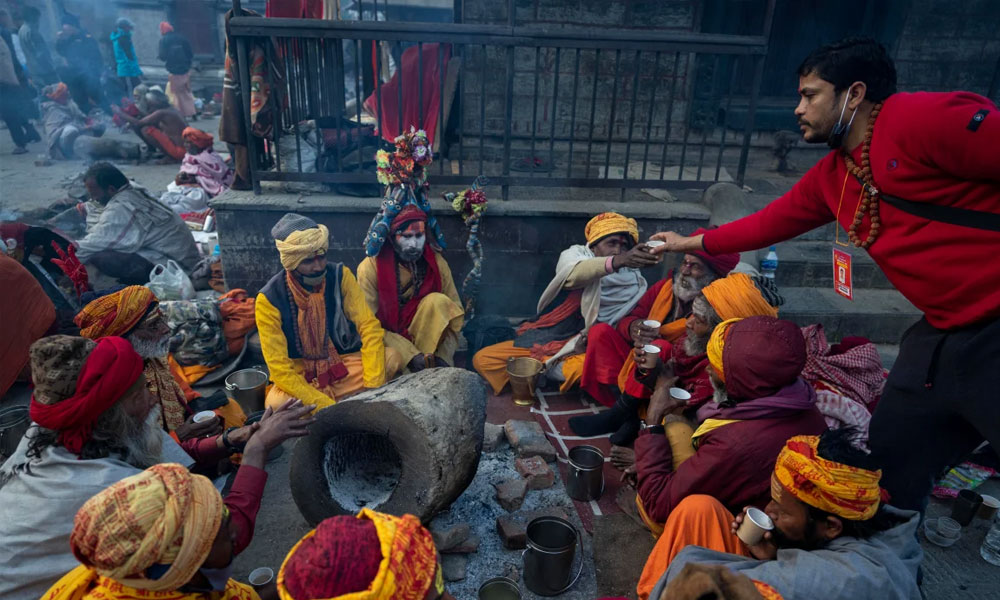
Maha Shivaratri (extensively referred to as Shivaratri) is one of the greatest Hindu festivals of Nepal. It takes place in the night time of Falgun Krishna Chaturdasi beneath Hindu Lunar Calendar, in reverence of God Shiva. Celebrated as the anniversary of beginning of Lord Shiva, this competition also marks the union of God Shiva and Goddess Parvati. Located at the night, that is one of the 4 famous nights of Hindu devotees: Kaalratri, Moharatri, Sukharatri and Shivaratri, and is appeared as one of the greatest festivals in the holy scriptures of the Hindus-the Puranas.
During the day time, human beings visit exceptional Shiva temples (the Pashupatinath temple of Kathmandu is the finest amongst them), and worship and rejoice in the name of God Shiva. The intoxicating gadgets (hashish, marijuana and other merchandise of hashish) that are illegal all around the 12 months are common at the present time. It’s loose to trade and devour them, and we will see lots of devotees smoking and taking hashish freely, especially across the temple. The principle part of the temple will be opened at 12’o clock in the night in this competition, while at other days of the year the morning time is normally 5 or 6 am. The devotees line up in the queue in night-time to worship the God.
8) Shree Krishna Janmastami
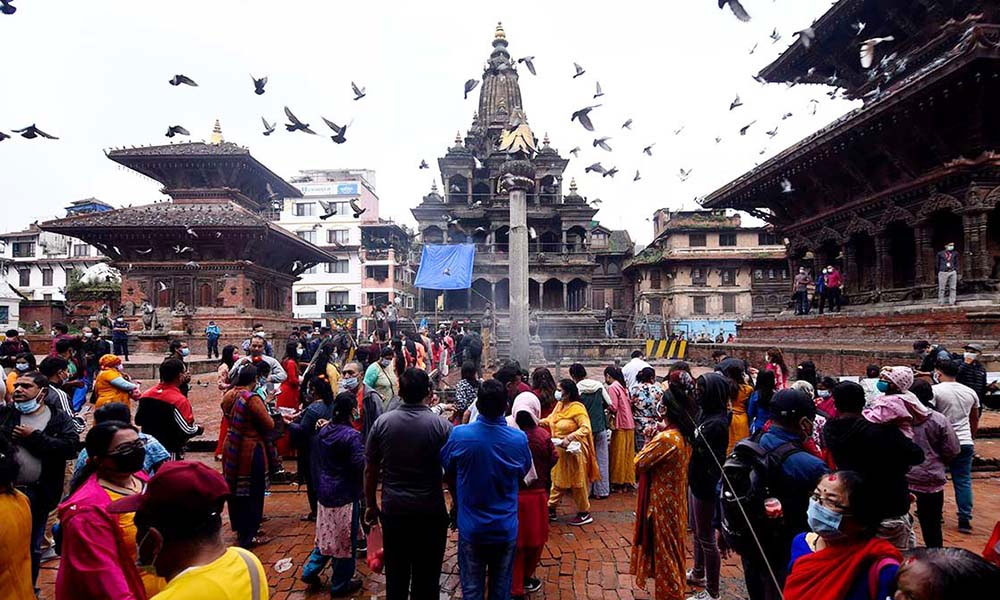
Krishna Janmashtami is well known on Asthami tithi, the eighth day of the dark half or Krishna Paksha of the month of Bhadra inside the Nepali calendar of Bikram Sambat. Krishna Janmashtami is widely known all around the global through all Hindu, there is subculture to have a look at a fasting till midnight. They enchant Slokas from the “Bhagwat Gita” and sing non secular songs (Bhajans). The temples of Lord Krishna are embellished and bhajans and kirtan are sung or played. The Krishna Mandir in Patan Durbar Square, Narayanhiti Krishnamandir and other temples of lord Krishna are the facilities for festivities in Krishna Janmaasthimi. On Krishna Janmashtami severe devotees flock to the historic Krishna temple in antique Patan Durbar rectangular to hold vigil thru the glorious night of his beginning. A few sing historic hymns, others clap their fingers, while some pray. Crowds of women and men area their way slowly up narrow steps via the seated devotees to the temple’s dark indoors to where the primary idol stands. There they provide vegetation, coins and food and look forward to a glimpse of Krishna Janmashtami festival at Krishna Mandir the idol.
9) Indra Jatra
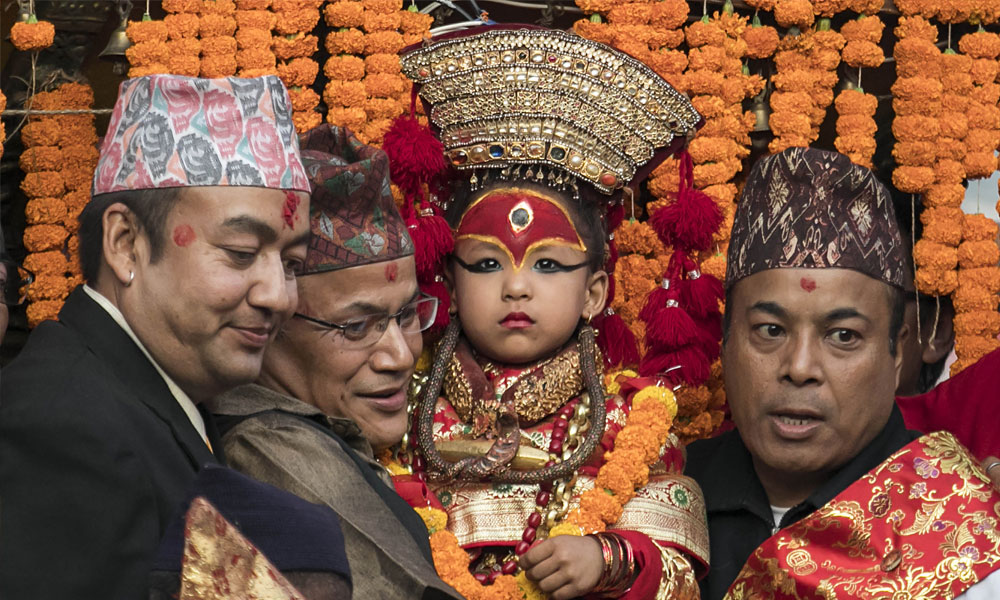
Indra Jatra, also referred to as Yenya by the Newars, is one of the largest road fairs festivals of Nepal celebrated in Kathmandu. Ye, that means Kathmandu and Ya, which means party offers us the gist, this is, party within the city of Kathmandu. Indra Jatra commences each year from the day of Bhadra Dwadasi to Ashwin Krishna Chaturdasi. The chariot procession begins three days after the commencement of the Jatra. 3 chariots carrying human representations of the deities Ganesh, Bhairava and Kumari, observed by way of musical bands are pulled along the festival direction thru Kathmandu for 3 days.
On the day, the chariots are led along Basantapur, Ittkha, Nara Devi, Tengal, Baangemudha, Asan, Indrachowk and returned to Basantapur. Following a -day wreck, the chariots are taken to Mahankal from Basantapur and then again to Hanumandhoka for the realization of the festival. That is how our ancient cultures and traditions have fashioned and advanced alongside our glorious civilization. The greatest jatra of Nepal, Indra Jatra is well known no longer as a compulsion, however as an identity of the proud Newars of Kathmandu.
10) Gai Jatra
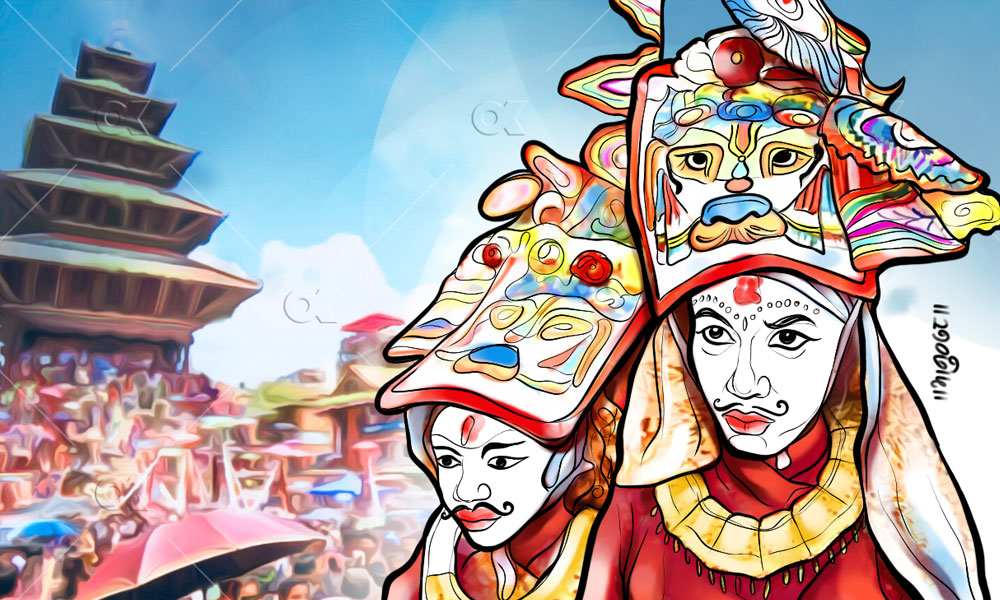
Gai Jatra is a carnival of dancing, making a song and laughter. This is one of the greatest festivals of Nepal which is widely known within Kathmandu Valley(includes Kathmandu, Patan and Bhaktapur) by the Newars to commemorate the demise of loved ones. As part of the festival, each family who has lost a relative for the duration of the past year need to participate in a procession through the streets of Kathmandu city leading a cow. If a cow is unavailable, a younger boy from the own family, dressed as a cow is taken into consideration a truthful alternative.
Its miles an exceptional way to heal the wounds created by the loss of loved ones. Its miles usually celebrated in the month of Bhadra (August–September) as according to Nepal calendar. The date is ready consistent with the lunar Nepal technology calendar.
For this, he granted complete “freedom of speech” to the parades during the festival. Seeing the queen smile and snort on the various jokes and ridiculous attire, others in the town took up the idea as well and began to pay for satirical performances in front of their houses as nicely. Sharing of sorrow and taking the comfort in knowing that their lost ones are safe is the authentic motive at the back of celebrating this competition.
11) Yomari Punhi
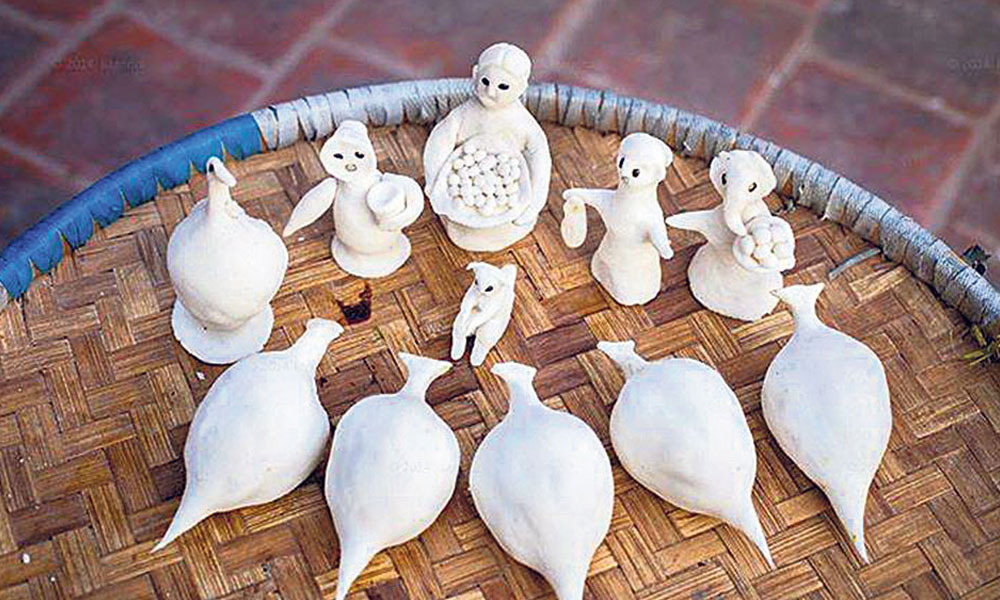
Yomari Punhi, is also regarded as one of the major festivals of Nepal related to Newar community. It’s a Newari competition celebrated at some stage in the full moon day of Thinlã(second month of the lunar Nepal generation). Yomari Punhi marks the stop of rice harvest, and is well known with a Newari delicacy known as Yomari. Human beings of Kathmandu have a good time this competition by using offering Yomari to Annapurna, Goddess of meals Grains to thank her for the harvest they’ve had. At the evening, children visit one door to other, requesting Yomari.
Yomari actually translates into “Tasty Bread”. It is a confection of newly harvested rice flour dough formed like fig, and full of sesame seeds and brown cane sugar, which is steamed later. Human beings agree with that Yomari takes away the cold. Also it’s far stated that the longer the Yomari’s tail is, the shorter the wintry weather is. In some places, like Hari Siddhi and Thecho, sacred masked dances are accomplished. The news network also prepares Yomari in shape of different dieties (e.G. Laxmi, Kuber, Ganesh, and many others.) They try this as a image of devotion to their deities. Yomari is frequently in comparison to the Earth. The two sides of Yomari imply the North and South Pole.
12) Chhath
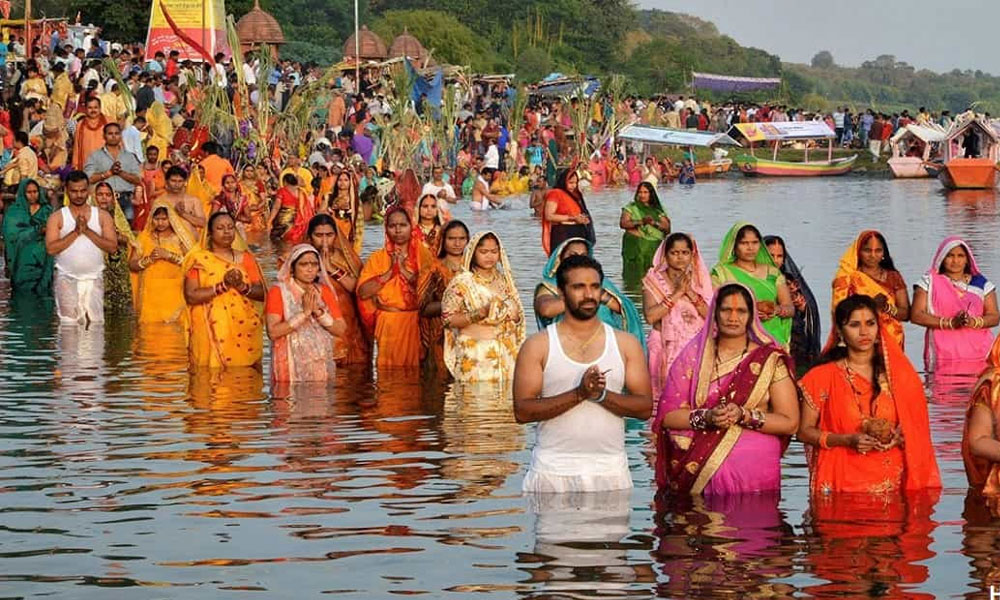
Chhath is also one of the main Hindu festivals of Nepal especially celebrated in Terai region. It is done at the 6th day of Kartik (October/November) in line with the Hindu Sanskrit Calendar, and for this reason is given the call as Chhath (which itself translates as sixth in English). But, it isn’t the sixth day of Kartik of the normal Bikram Sambat Nepali Calendar, as they may be little exceptional. As an example- Chhath parwa for this year is consistent with the Nepali Calendar is on Mangshir 1.
The auspicious Chhath Puja is done simply to thank sun God for saving and additionally keeping life on the planet. It is stated solar God blesses their devotees with properly-being, prosperity and happiness. Chhath is not a smooth venture however a troublesome observance which needs to be accompanied through devotees. The puja and rituals on the corresponding days are dedicated to Surya, Kartik, Agni and Chhathi Mayya respectively.
The principle rituals of the entire festival take region on the sixth and seventh day in the course of the Shukla Paksha or waxing phase of moon. The crucial rituals encompass strict fasting and offerings to solar God on river financial institution or seaside. It’s also believed that the Chhath puja contributes on slowing down the ageing process via the devotees.
See also:
13) Ramadan
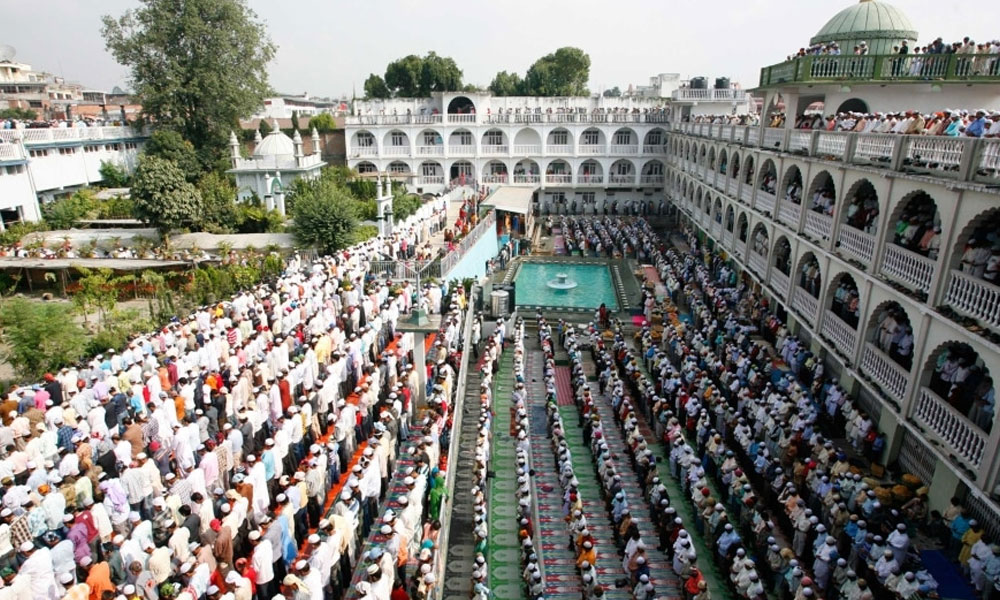
As Ramadan is the greatest Muslim festival and nevertheless it’s one of the biggest festivals of Nepal for Nepali Muslims as well. It takes place on the 9th month of Islam’s lunar calendar, a system which sees every month begin on the sighting of the brand new moon. In line with a few pupils, the month is said to be the only in which the Qur’an changed into first found out, making it the holiest and most sacred month for Muslims. The quick is intended to carry the devoted toward God and to remind them of the suffering of these much less lucky.
Muslims frequently donate to charities throughout the month and feed the hungry. Fasting is also visible as an opportunity to exercising in self-restraint, cleanse the thoughts and build a more connection with Allah through prayer that could, in the end, result in peace. Ramadan is a time to detach from worldly pleasures and cognizance on one’s prayers. Many Muslims dress more conservatively at some stage in Ramadan and spend more time at the mosque than at any other time of the 12 months. Muslims also are endorsed to observe the five every day prayers on time and to apply their downtime simply before breaking their speedy at sundown to recite Quran and intensify remembrance of God.
14) Chaite Dashain

Like other Hindu festivals of Nepal, Chaite Dashain is also the special one for the Nepali Hindus. It is celebrated specially in Nepal specifically inside the month of Chaitra. Regarded as a more youthful sibling of the Bada Dashain, this festival is celebrated for 2 days, in the Chaitra Shukla Ashtami and Nawami tithi, in keeping with the Nepali Calendar. The day of Ashtami is known as Chaite Dashain (now not the day of Dashain, to be unique, and it’s perplexing), and the day of Nawami is referred to as Ram Navami. The motive for the Ashtami to be celebrated as Chaite Dashain is because at the present time is considered to be exactly 1/2 a 12 months, i.e. Six months after the Maha-ashtami.
This festival is usually the final festival of the calendar 12 months. This competition is also called Chaitra-Ashtami, or Sano Dashain in most of the locations round Nepal. Just like the extra Dashain, this festival additionally symbolizes the victory of accurate over evil. Referred to as Chaite Dashain especially as it falls in the month of Chaitra, it does now not have plenty importance as different main fairs although it is called as ‘Dashain’, however nevertheless it gives an excellent way of party specifically to the students whose school consultation ends by then.
15) Gadhimai
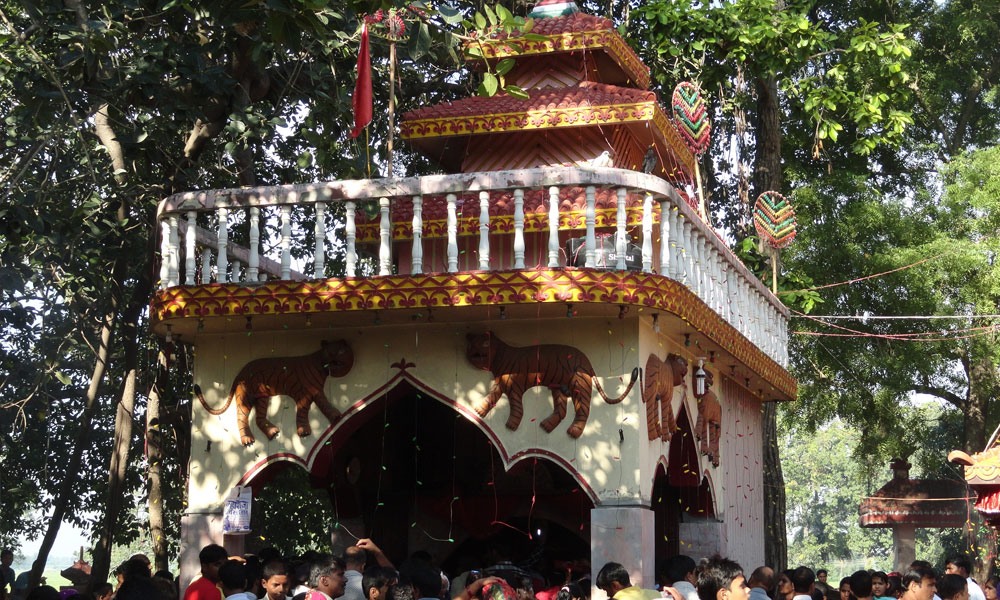
Gadhimai is a Hindu festival which lasts for a month, and is broadly known as one in all the largest slaughter festivals in the international, after Thanksgiving and Eid. The festival is known as after Gadhimai Temple (that’s itself named after the Hindu goddess of identical call), and lies in Bariyapur village of Bara district, Southern part of Nepal. The competition is widely known here every 5 years. The two days of the festival are segregated for the slaughter of Animals and birds, which encompass Buffaloes, goats, pigeons, fowl pigs and plenty of others.
The slaughter is performed to delight the Goddess Gadhimai, which is thought to become satisfied with the sacrifice and bloodshed of the animals. The general public of devotees coming from the Northern states of UP and Bihar in India, there are several different devotees from Nepal and different parts of India as nicely. Greater than two hundred guys carried out the ritual killings there, and for this year, the amount is someplace around three hundred. The animals and birds are killed by swords and different similar sharp guns. The general public of the animals are imported from India, and numerous they are bought from the local farmers through the devotees as properly.
16) Sonam Lhosar
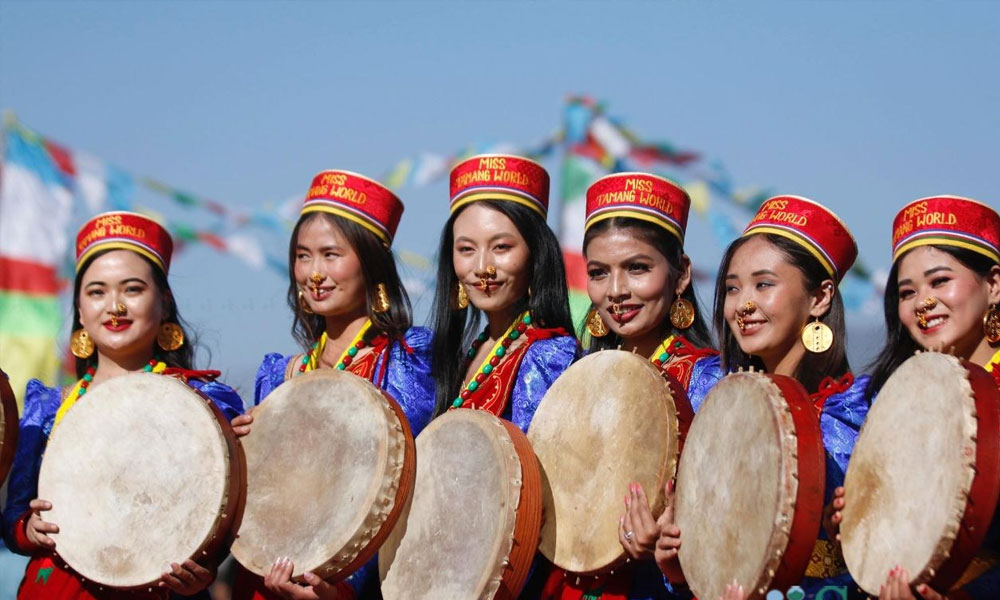
Sonam Lhosar is one of the important festivals of Nepal and especially belongs to Tamang ethnic groups of Nepal. The festival is celebrated as an occasion of start of a brand new 12 months. ‘Lho’ way year and ‘Sar’ manner new or fresh if translated, and the phrase ‘Sonam’ is stated the Tamang people in Nepal, consequently the festival ‘Sonam Lhosar’ is the brand new year event, according to the calendar accompanied via Tamang people. This festival is determined through minority Yolmo, Dura, the Thakalis of Mustang, the Dolpalis, and the Sinsas from Sankhuwasabha in the Himalayan region.
In keeping with the Bikram Sambat Nepali calendar, Sonam Lhosar falls at the month of Magh (January, consistent with the Gregorian calendar). The Sonam Lhosar falls on Magh Shukla Pakshya every year, according to the lunar calendar. The Sonam Lhosar of this year is the 2849th Lhosar of the network. Monasteries are attractively embellished with colourful ornamental objects. Humans take blessings from priests for his or her progress, prosperity and happiness. The occasions are observed by using good sized feasts in homes. Daughters and sisters are invited to get hold of blessings alongside replacing of greetings among one another.
17) Tamu Lhosar
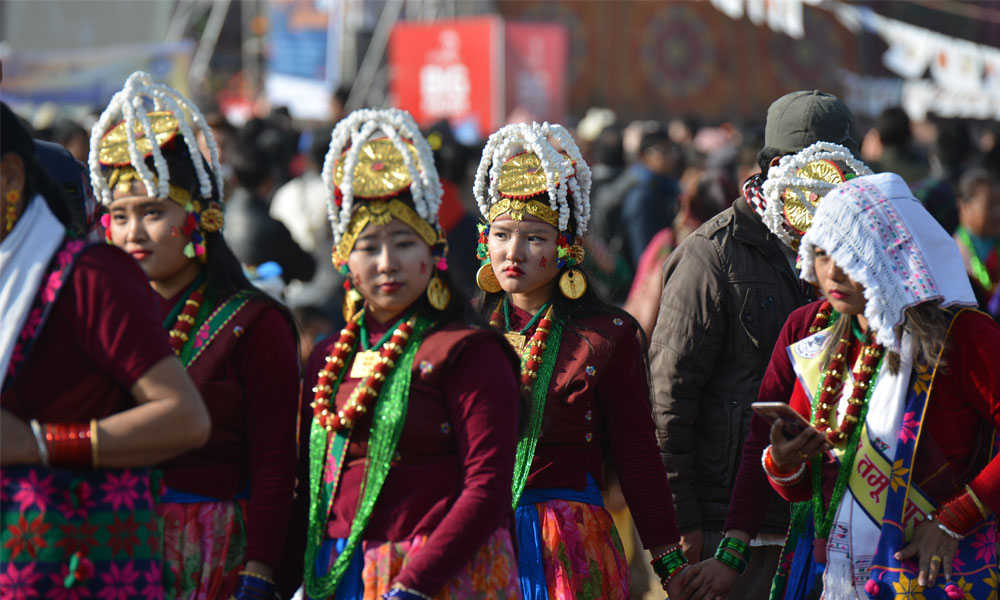
Tamu Lhosar is a festival of Gurung network, which is widely known in Nepal. The time period ‘Tamu’ refers back to the Gurung humans and the term ‘Lhosar’ denotes ’New 12 months’, therefore the Tamu Lhosar competition approach the brand new year of Gurungs. This festival is celebrated in the 15th of Poush (which lies in December or January of the Gregorian Calender) every year, in line with the Nepali Calendar, that is a public and government excursion all over Nepal. The competition is the beginning of ‘Tamu Sambat’, the calendar of the Gurung community.
The ‘Tamu Lhosar’ is absolutely the main competition of the Tamu people. In this day, the family participants of all generations have a big get-collectively, and have fun and rejoice by exchanging love and greetings. In Kathmandu, a big quantity of Gurung humans gather in Tundikhel in Kathmandu, in their appealing and enthralling cultural dress. For this, they collect in a common vicinity and feature a few cultural packages like making a song and dancing in the people songs as well. They perform several rituals in Tundikhel inside the day, with cultural programmes. In the villages, the humans accumulate in their courtyards to celebrate the competition.
18) Matya
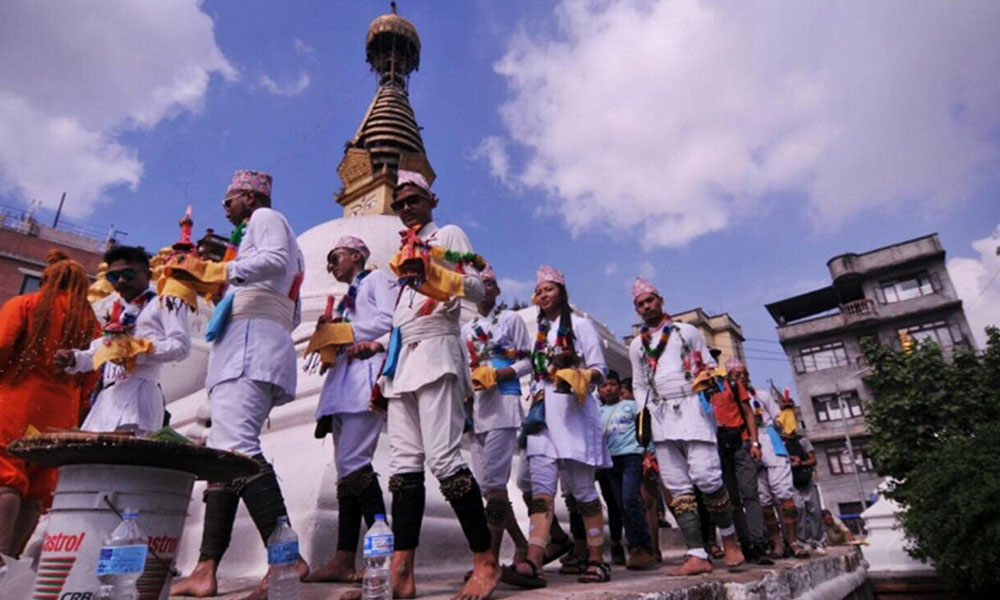
Matya is a normal competition of Newar network of Lalitpur which in Newari approach the fairs of lighting. This thrilling competition starts offevolved early inside the morning on the third day of the darkish fortnight of Shrawan (August). Matya comes after the competition of Qwati punhi (Janai purnima) and Gaijatra.
Matya is also one of the popular festivals of Nepal especially celebrated inside the Kathmandu valley. It is a protracted parade of the enthusiastic shrine-walkers who move round all of the Buddhist shrines scattered in and around the city of Patan. It need to be remembered here that Patan alone has extra than 1300 Buddhist shrines. The wide variety of shrine-walkers who colourfully from this surprising parade is round three to four lots.
The obligation of organizing this parade goes to each of these neighbourhoods as soon as in every ten years. There’s very interesting way of life consistent with which the sponsoring Tolle of this parade need to teach a team of conventional drum-players who are anticipated to display every great skill they have got whilst they may be asked to carry out within the public in this day. The name of those drummers team is referred to as Naubaja Khalah.
19) Jatra of Rato Machindranath
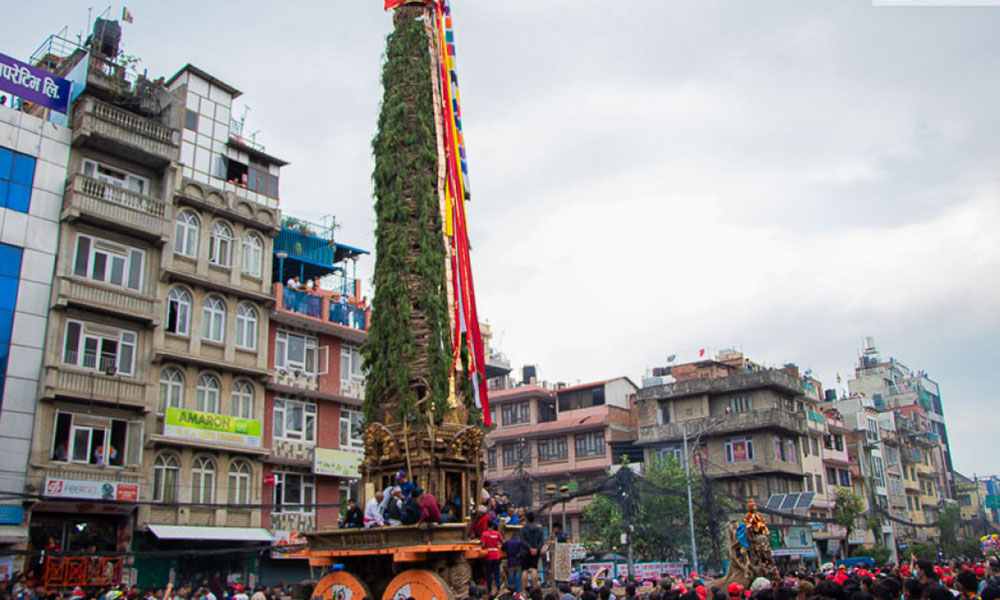
Jatra of Rato Machindranath is one of the longest walking festivals of Nepal. This festival/ Jatra lasts for a whole month and the chariot that is built for this very Jatra is over 60 foot tall. The chariot is embellished with all styles of garlands and different decorations. The chariot is constructed at Pulchowk at the western give up of Lalitpur and while the chariot has been completed the image of insects Dyah is mounted inside the chariot that’s brought from Bunga Dyah’s temple. Machindranath is a deity of rain and when he Rath is pulled it continually rain, to suggest that the god is pleased by what the worshippers are doing. This festival is frequently celebrated by using the Hindu and Buddhist of the Newar network.
The rath(or chariot) pulling and the Jatras entirely are believed and performed by the human beings of the Newar network themselves. Its miles believed that the Mchindranath is the dad or mum of Kathmandu valley, this belief has been going on account that medieval times. Like in Patan, even in Kathmandu a rath is pulled, however this rath is of Seto Machindranath.
20) Bisket Jatra
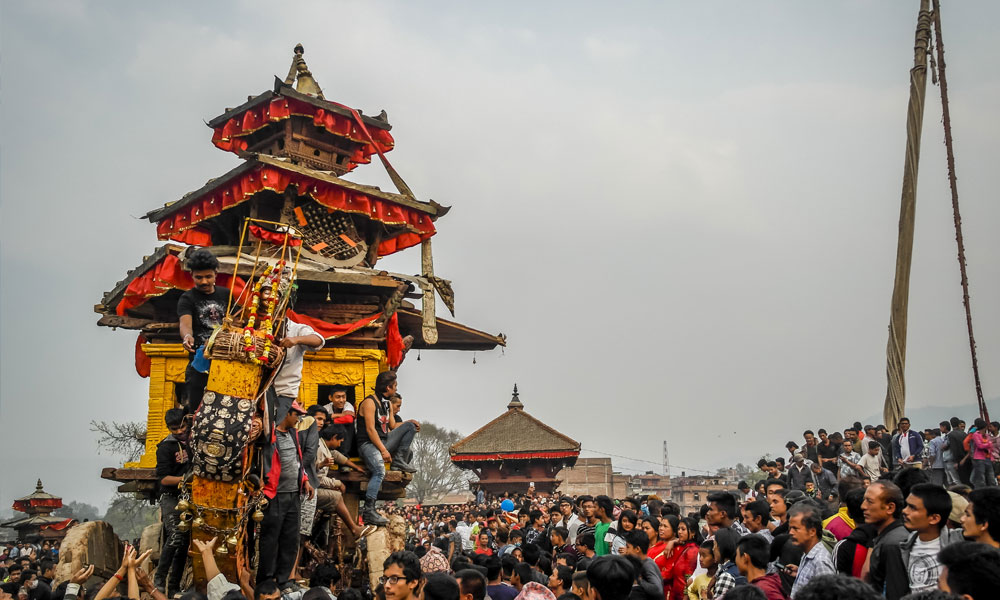
Bisket Jatra is one of the maximum vital festivals of Nepal. The festival is unique to Bhaktapur itself, and it marks the beginning of the brand new year of Nepal, not Nepal Sambat, and however Bikram Sambat Nepali Calendar this is widely widespread by way of all of the Nepalese. At some stage in this week long competition, A Rath within the name of numerous gods and goddesses are erected, the Rath is made from big wood tyres, a thick wooden base and on top of that base is living the shrines of diverse gods. A lingo is also erected as it marks the start of a new 12 months.
In Bhaktapur the festival is widely known with gusto. And in kathmandu and Lalitpur there are numerous Raths erected as well, those Raths typically belong to the Kumari, Bhadrakaali and different deities. As it’s far the New Year, the surroundings is packed with an extraordinary happiness and air of mystery. Bisket Jatra is a manner of welcoming the brand new year and celebrating the new starting of the approaching days, leaving at the back of beyond activities and ache. And the notion of praying to the chariots, the lingo, the Bhairab, and believing inside the legends, for a prosperous and happy year has been a totally sturdy notion.
21) Mata Tirtha Aunshi

Mata Tirtha Aunshi is an auspicious Nepali competition of the Hindu mythology. Like in some other community, ethnicity or faith, mom’s day in Nepal is celebrated to pay homage to moms for their unconditional love and assist. Mom’s day, instead being celebrated as a festival of a particular organization or network, is determined as a culture national. Human beings present their moms with utmost recognize and love within the shape of her preferred food, clothing and diverse other items. This culture is certainly to recognize and admire a mother’s love and sacrifice. On the grounds that, the day is an auspicious day, human beings supply tribute to their mothers at domestic, providing them with delicacies, finery, apparel and gifts.
At some point of their visit to the Mata Tirtha Pilgrimage, human beings take a bath in the water taps and make offerings to the holy pond with the notion that the souls in their departed moms come to the pond and receive their offerings. Even as those travelling Pashupati temple perform Sharadhha or Pinda Daan, a ceremony achieved for the peace of departed souls. A few humans additionally carry out the ritual at domestic or any holy places close by.
22) Bhoto Jatra

Bhoto Jatra is a festival that is celebrated in Patan, even as reminiscent of the God of Rain, “Raato Machindranath”. The festival of Raato Machindranath is a month lengthy festival even as Bhoto dekhaauney Jatra occurs in a certain day of that month. It is believed Bhoto Dekhauney Jatra brings desirable success to all. The Bhoto is an ornamented vest from a long term back and holds a lot of history with it. This Jatra is celebrated till date, and you can see a Rath (chariot) being built in Patan inside the training for the Jatra.
The Bhoto turned into then saved alongside the photo of Raato Machindranath and every year, at the cease of the rath pulling rite the Bhoto is brought forth and shown to the people in wish that a person might come with a evidence and take the Bhoto away, but until date as no person has been capable to reveal that the Bhoto belonged to them with adequate evidence the Bhoto is still saved with the photo of Raato Machindranath and continually delivered forth for someone to claim it with evidence.
23) Ghode Jatra
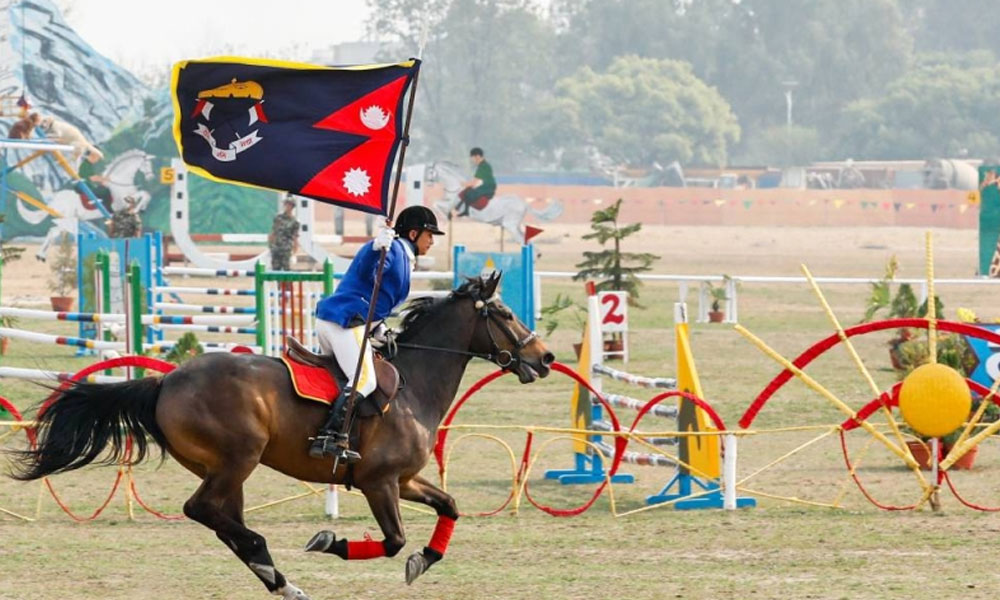
Ghode Jatra is the competition of Horses or Parade of horses is a festival this is cherished with the aid of many in Nepal. This festival additionally approach Horse Racing Day. Ghode Jatra is held on the month of chaitra on new moon day (the dark lunar fortnight or waning moon) (Aunsi Krishna Paksha) according to the Hindu calendar or Nepal sambat calendar. In the course of Ghode Jatra some other Newari festival also falls on the same day, this festival is referred to as Pahachare.
The surroundings is a joyous one and the faces of each person is full of happiness. In Paacharey the family contributors visit various temples of the Kathmandu town, mainly, Bhadrakaali located in sahid gate only some meters earlier than Tudhikhel. Mahankaal that’s proper beside Tudhikhel and Sankata that is in the heart of recent street. Those 3 gods are worshipped and given numerous services to delight them and make certain that the imminent year is a happy and rich one for the entire circle of relatives. The beginning of Ghode Jatra is something that is unknown and as years have exceeded for the reason that first Ghode Jatra the story of who added the Jatra has modified and the actual tale is unknown.
24) Pahachare
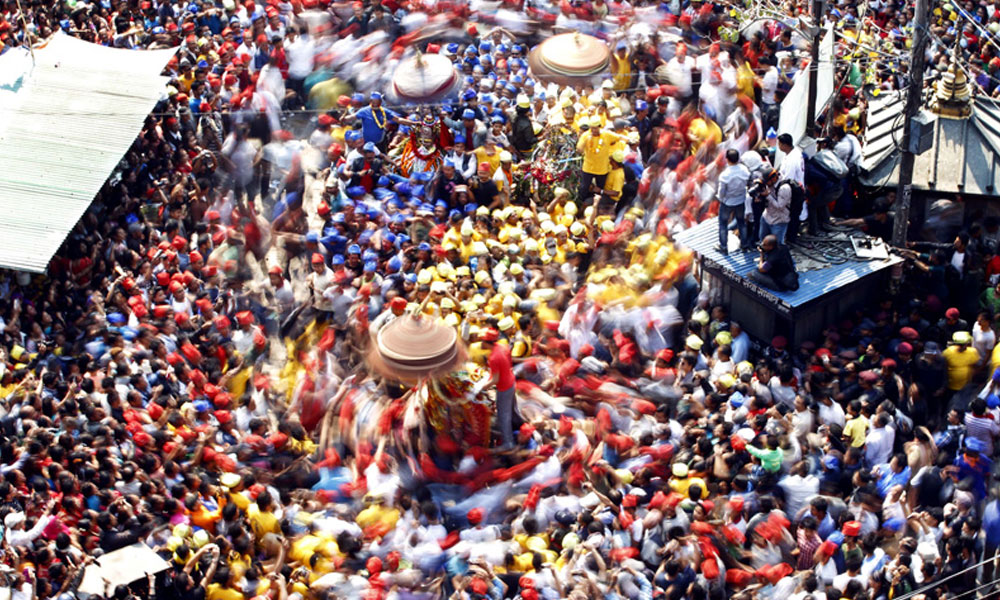
Pahachare is a competition that is broadly celebrated via the Newar community of Nepal. It’s far specially celebrated within the Kathmandu Valley at the identical day of the Ghodey Jatra i.E new moon day on 2nd fortnight of the lunar month Chaitra Krishna Paksha consistent with Nepali Calendar. At the day of Pahachare, all of the circle of relative’s individuals come collectively, even though they have been living as a nuclear circle of relatives through that point.
Pahachare is particularly celebrated to welcome the family over again, putting aside all of the problems and fights that they had with each different. Throughout this competition the head of the own family plays a puja for diverse gods and goddesses, specifically to Bhadrakali, Sankata, Mahankaal, these three gods are the main gods living within the kathmandu valley. The other gods are, Seto Machindranath, Banglamukhi, Baghbhairab, Kaalbhairab, and Swethbhairab. Those are the gods and goddesses which might be in particular worshiped in the course of Pahahchare. The belief is the energy of the alcohol is how pure the alcohol is after fermentation, this notion has been upheld for a long term now, however, the younger generations won’t consider it anymore.
25) Jitiya

Jitiya competition is one of the greatest festivals of Nepal especially for the Nepali married women of Tharu community. It is determined at some stage in the Ashwin from Krishna Asthami as in line with Mithilanchal panchang and Nepali calendar. And it commences with a ritual referred to as “Naha Kha” which means that, taking meals after taking the ritual tub. At some stage in Jitiya festival the ladies are invited to their parents’ residence to take a look at the festival, they usually rapid for the sturdiness of the lives in their youngsters and Husbands. Theres some other way of life wherein the fasting girls need to look at what’s called the “Othgan” ritual which requires the girls to use a few meals on their lips early inside the morning before the cows start to make noise.
Married individuals who are gazing the festival have a look at the Jitiya competition for the toughness of their youngsters, to get the blessing of a satisfied and prosperous family, and a common peace of thoughts and the family. The competition consists of spiritual, cultural and tantric significance to the believers and is widely known with gusto and strength. The lord will bless them with sons as properly, and the prosperity of the own family will flourish as well as the lord blesses them with happiness and prosperity of their lives.
26) Gaura
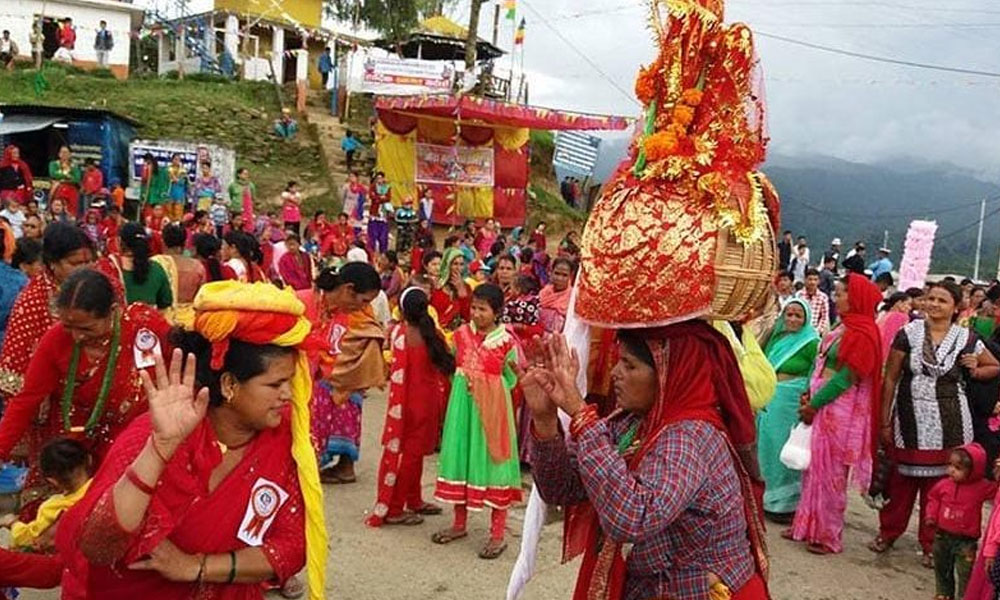
Gaura competition is also one of the major festivals of Nepal that falls within the month of Bhadra. It is in keeping with the Nepali calendar and translating it into the English calendar it might fall between August and September. Gaura festival is primarily celebrated in the center-west and a long way western components of Nepal. The festival starts from the day of Krishna Janmaasthami ( the birthday of Lord Krishna , who is a reincarnation of Lord Bishnu), and this festival lasts for three straight days observing by way of worshiping Lord Shiva and Parvati , along with Lord Ganesha.
At some point of this dance, both men and women keep fingers and dance in unison even as making a song together concurrently, that is known as “Juhari” of their own dialect. There a lifestyle that the Brothers and Sisters or family contributors related by blood who cannot be married to every are not allowed to be in the same organization, which means, Brothers and sisters, nieces and uncles and so forth and so on tend to be in exclusive groups from each other even as performing this dance.There are one of a kind types of deuda nach, which include Raheri Deuda, Thadi Bhakha deuda, and so forth.
Hope you enjoyed our article “26 Major Festivals of Nepal“. Do you have any suggestions regarding the festivals of Nepal? We are just awaiting your feedback.

